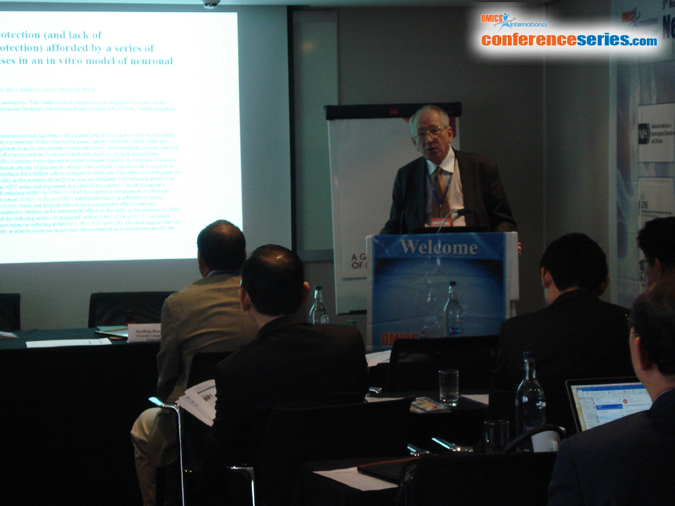
Fontaine H Guy
Hôpital de la Salpêtrière, France
Title: New technique of gas adiabatic expansion for brain therapeutic hypothermia on a pig model and first clinical case
Biography
Biography: Fontaine H Guy
Abstract
Objective: The purpose of this work was to confirm on a pig model, the previous work performed on a rabbit model (ReSS 2012) to demonstrate induction of both brain and general hypothermia used for the first time in OHCA patient. Material & Method: 8 Landrace pigs 39.4±3.9 kg (mean±SD) were studied under general anesthesia according to the WICCM protocol. Temperatures were measured by thermocouples every minute after each injection: Close to the injector inserted up to the nasopharynx without contact to the posterior wall, in the retrograde jugular vein, in the tympanic area, in the esophagus and in the rectum. After stabilization of temperatures, CO2 regulated at 580 psi (40 bars) was delivered for periods of 10 min. A valid data were obtained from 14 injections. We compared the drops in temperatures recorded until stabilization. In these pigs 2±1.5 injections of CO2 were delivered. In a comatose patient successfully defibrillated CO2 was injected in the fossa nasalis from a bottle of 867ml at 580 psi. Results: The initial 90% drop in temperature was detected after 4.7±1.4 min for tympanic and 9.4±4min p=0.02 for the core temperature. Temperatures recorded from the tympanic/jugular probes were identical P=1. Return to stable temperature was observed in 10-15mn. Esophagus drop in temperature was 23±10°C n=6. The drop in temperature was significantly higher in the tympanic area 0.69±0.4 °C than in the core temperature 0.36±0.15 P=0.02.The amount of extracted calories was 14.9±6.7 kilocalories. The patient recovered with absolutely no neurologic deficit despite 6mn of no flow (1224 calories extracted). Discussion: Core temperature drop was similar to that reported in pigs after nasopharynx PFC evaporation. In our experiments the lowest temperature (-30°C) was recorded, as expected, at the exit point for the gas. Significant decrease in temperature of 26°C in the esophagus was always observed. The patient was treated by pure chance but the result was impressive. Conclusion: This study confirms that CO2 expansion in the nasopharynx is effective for brain and body hypothermia in a pig model and in a fortuitous patient. This new technique which is simple, inexpensive and easy to use opens new vistas for the treatment of OHCA and Stroke which, mixed with oxygen, can be started in comatose patient even before CPR or thrombolysis.


